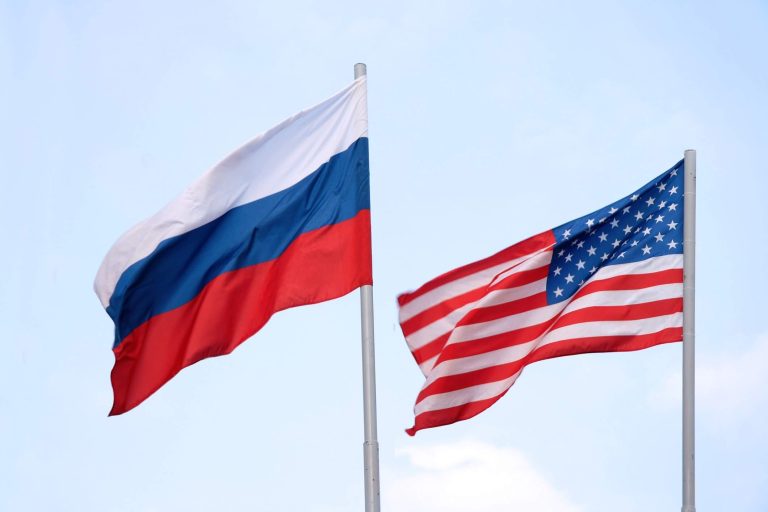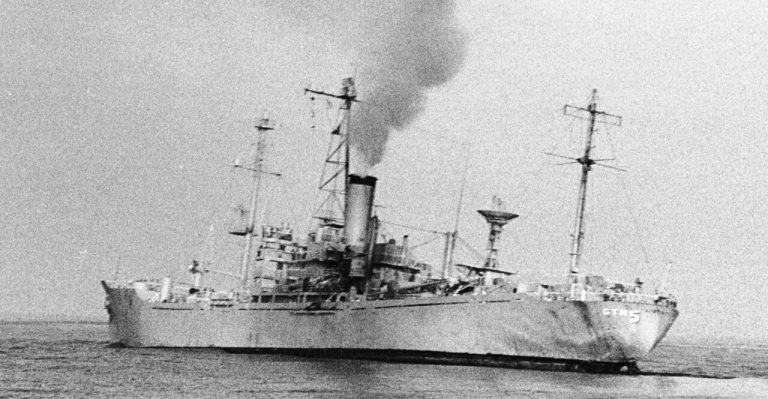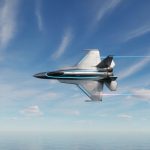Australia is walking a fine line between defense and diplomacy. On one hand, it’s strengthening military ties with the United States through large-scale joint exercises. On the other hand, it’s working hard to improve trade relations with China—its biggest trading partner.
This makes Australia a key player in the growing power game in the Indo-Pacific. So why are the US and Australia conducting more military drills together? What message are they sending? And how is Australia managing its complex relationship with China?
Let’s break it down in simple terms.
US-Australia Military Exercises: What’s Happening?
Every year, the US and Australia carry out Exercise Talisman Sabre, one of the largest joint military drills in the Indo-Pacific region. In 2023 and 2025, these exercises saw participation from thousands of troops, warships, fighter jets, and submarines. Other countries like Japan, the UK, South Korea, and even Germany also joined as observers or participants.
These drills are not just about showing off firepower. They focus on:
- Joint planning and combat readiness
- Amphibious landings (troops coming ashore from ships)
- Cyber defense and intelligence sharing
- Responding to regional threats and natural disasters
The goal is to improve coordination between allies in case a real conflict breaks out in the region.
Why the US Is Involved
For the United States, these exercises are a key part of its Indo-Pacific strategy. The US wants to:
- Counter growing Chinese influence in the region
- Maintain freedom of navigation in international waters, especially around Taiwan and the South China Sea
- Strengthen alliances with like-minded countries, especially those located near strategic trade routes
Australia is an ideal partner for the US because it shares similar values, has modern armed forces, and is located in a crucial spot between the Indian and Pacific Oceans.
Why Australia Is Stepping Up
Australia has always had a close defense relationship with the US, dating back to World War II. They are both part of key defense agreements like:
- ANZUS Treaty (Australia, New Zealand, United States)
- AUKUS Pact (Australia, UK, US—focused on nuclear submarine tech and advanced defense)
But now, Australia is investing even more in its military, including:
- Buying long-range missiles and submarines
- Expanding northern military bases
- Hosting more US troops and equipment on its soil
These moves are designed to prepare for potential conflict in the Indo-Pacific, especially involving China and Taiwan. At the same time, Australia wants to show it can defend itself and support its allies if needed.
The China Dilemma
Here’s where things get tricky. While Australia strengthens military ties with the US, it’s also trying to rebuild trade ties with China. Why?
Because China is Australia’s largest trading partner, especially for:
- Iron ore and coal
- Agricultural products like barley, wine, and beef
- Education and tourism (Chinese students and visitors)
Tensions between the two nations escalated in 2020 when Australia called for an investigation into the origins of COVID-19. In response, China slapped tariffs and restrictions on many Australian goods.
However, since 2023, both sides have made efforts to calm things down. Some trade barriers have been lifted, and high-level talks have resumed.
Australia now faces a delicate balancing act:
- It needs to keep China as a customer
- But it also wants to deter Chinese aggression with strong defense partnerships
Why It Matters to the Region
Australia is no longer just a quiet island nation in the south. It is becoming a central player in Indo-Pacific security. Its location gives it access to key sea lanes that carry most of the world’s trade. And as tensions rise between China and the West, Australia is seen as a forward base for defending peace and stability in the region.
For the US, having a strong ally like Australia helps:
- Share the military burden
- Increase presence near hotspots like the South China Sea and Taiwan
- Send a message to China that aggression won’t go unchallenged
Voices at Home
Not everyone in Australia agrees with the military buildup. Some say:
- It could provoke China instead of deterring it
- It risks making Australia a target if a conflict breaks out
- Money spent on defense could go to healthcare or climate action
On the other hand, many believe:
- A strong defense means safety in uncertain times
- The US alliance is a long-term investment in peace
- Being ready is better than being caught off guard
This debate is ongoing, but for now, the government is moving ahead with stronger defense and deeper cooperation with allies.
Looking Ahead
As global tensions grow, the US-Australia military partnership is becoming more important than ever. We can expect:
- More joint exercises, including in space and cyber defense
- Greater sharing of defense technology through AUKUS
- Stronger integration of command systems and intelligence
At the same time, Australia will keep trying to manage its trade-driven relationship with China, hoping to avoid full-blown conflict while staying prepared.
Conclusion
Australia is walking a tightrope—military partner to the US, economic partner to China. It’s not an easy position, but it reflects the complex reality of today’s world.
By boosting its defense ties with the US, Australia is signaling that it’s serious about regional security. But by continuing trade talks with China, it’s also showing that peace and profit can still go hand-in-hand—at least for now.
In the end, Australia’s ability to balance both worlds will shape the future of the Indo-Pacific.
Source: Defence News Reuters







